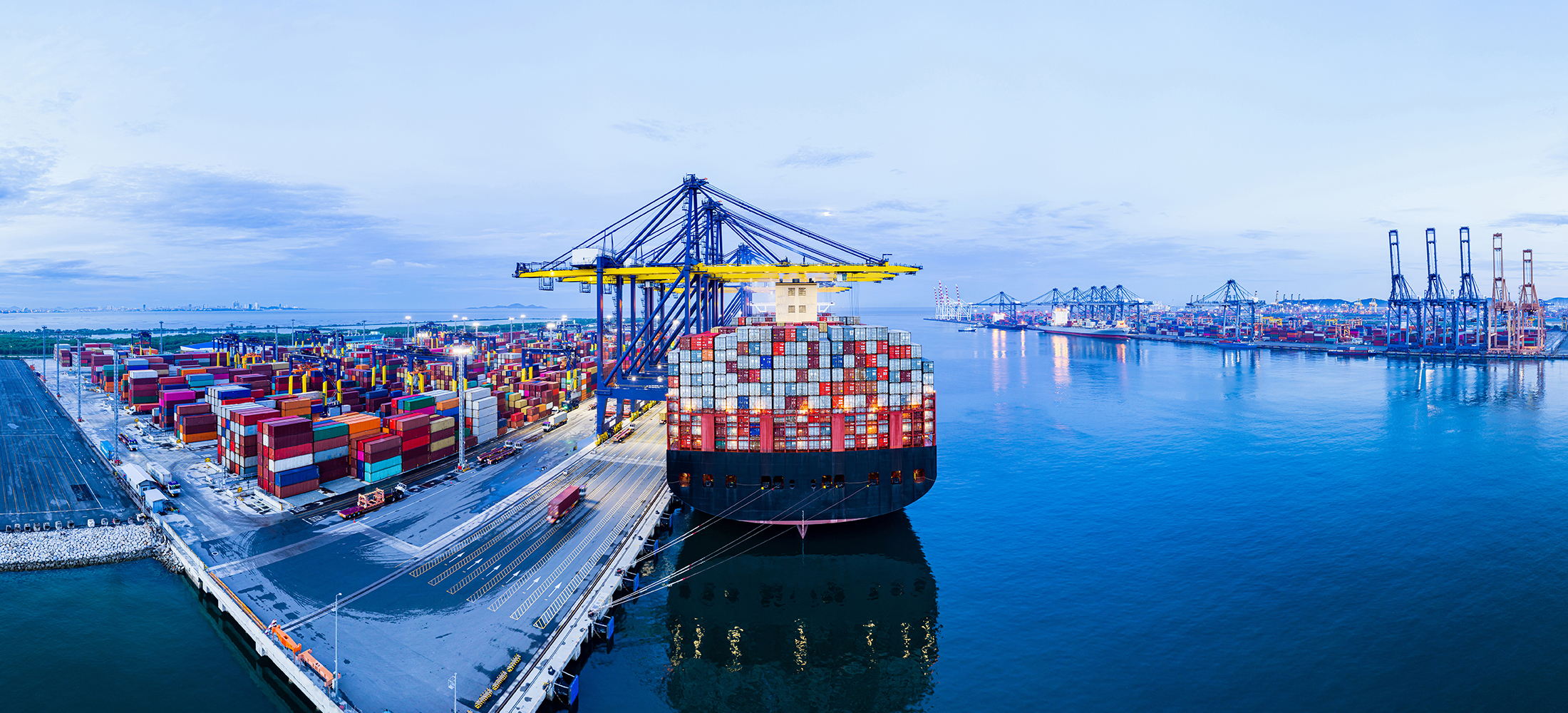Freight rate fluctuations significantly impact global trade by altering the cost of shipping goods.
Key causes of these fluctuations include:
Fuel Prices: Changes in oil prices directly affect shipping costs.
Supply and Demand: Imbalances in shipping capacity and global trade volumes influence rates.
Economic Conditions: Global economic health affects trade volumes and shipping demand.
Geopolitical Events: Conflicts and trade policies can disrupt shipping routes and costs.
Seasonal Variations: Certain times of the year see higher demand for shipping, impacting rates.
Effects on global trade include changes in the cost of goods, impacts on supply chain reliability, and shifts in trade competitiveness among countries. Fluctuating freight rates can lead to increased volatility in global markets, influencing decisions on production, inventory management, and market entry strategies.
Fluctuating freight rates impact the cost of transporting goods, affecting the overall cost of goods sold. Higher freight rates increase the cost of imports and exports, influencing pricing strategies and profit margins. Changes in freight rates can lead to variations in consumer prices. Increased transportation costs are often passed on to consumers, leading to higher retail prices and potential inflationary pressures.
Freight rate fluctuations influence trade volumes by affecting the cost-effectiveness of importing and exporting goods. High freight rates may discourage trade, leading to reduced import and export activities. Rising freight rates can make it more expensive for businesses to access distant markets, potentially limiting their global reach. Conversely, lower rates can enhance market accessibility, promoting international trade.
Fluctuating freight rates impact supply chain strategies, including inventory management. Businesses may adjust their inventory levels based on anticipated shipping costs, balancing the need to minimize costs with the risk of stockouts. Companies must adapt their logistics planning to account for changing freight rates. This may involve optimizing shipping routes, consolidating shipments, or exploring alternative transportation modes to manage costs.
Freight rate volatility affects the competitiveness of businesses, particularly those with high shipping dependencies. Stable and predictable freight rates are essential for planning and maintaining competitive pricing. Widespread freight rate increases can slow global trade growth, impacting economic stability. Conversely, decreasing rates can stimulate trade activity, contributing to economic recovery and growth.
Freight rate fluctuations are a complex phenomenon driven by various factors, including supply and demand dynamics, fuel prices, economic conditions, geopolitical events, and seasonal variations. These fluctuations have far-reaching effects on global trade, influencing trade costs, volumes, supply chain management, and economic stability. Understanding and managing the causes and effects of freight rate fluctuations is crucial for businesses, policymakers, and stakeholders in the global trade ecosystem to navigate the challenges and opportunities presented by this dynamic environment.
If you would like to discuss this further please contact us to arrange a consultation with one of our experts.

